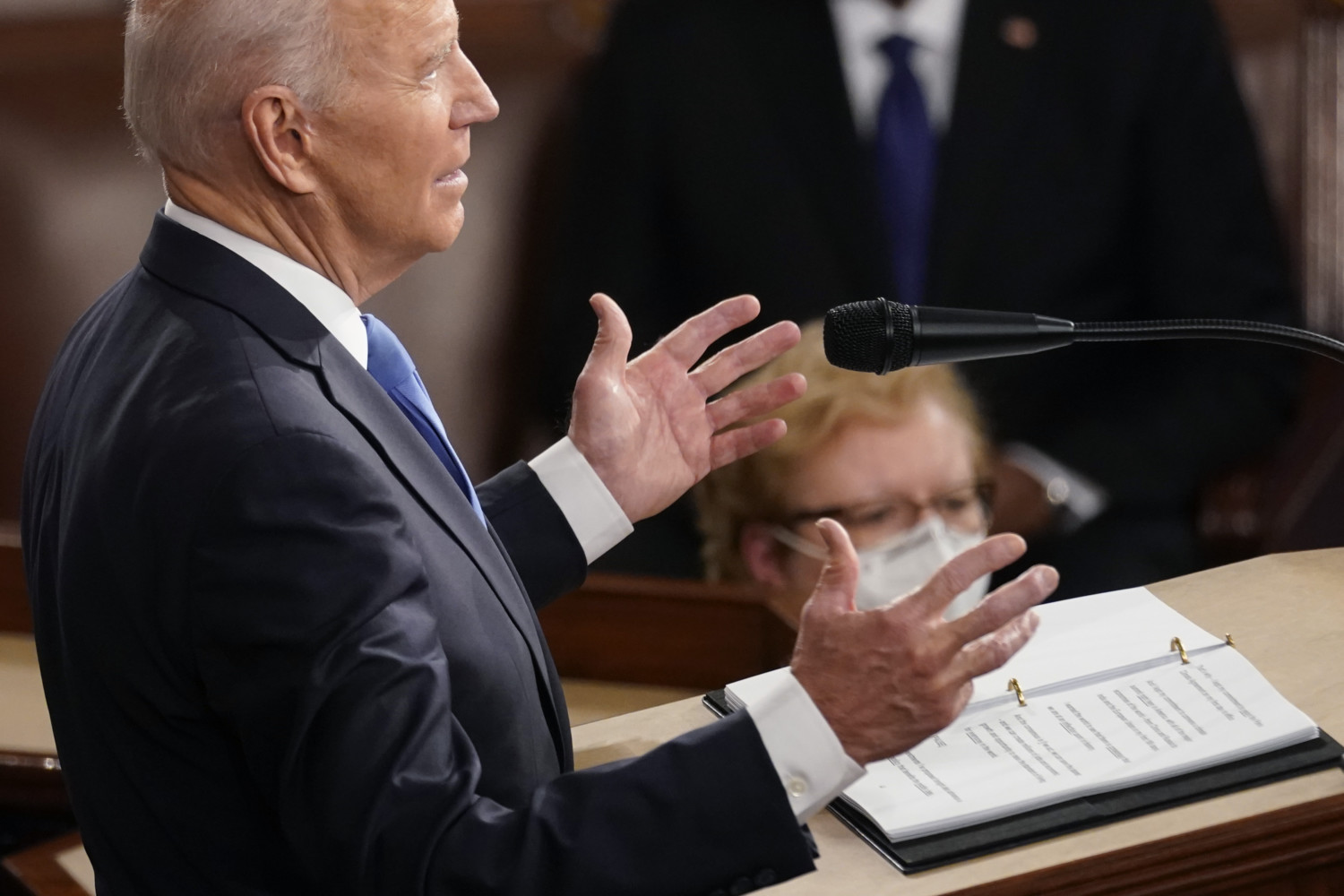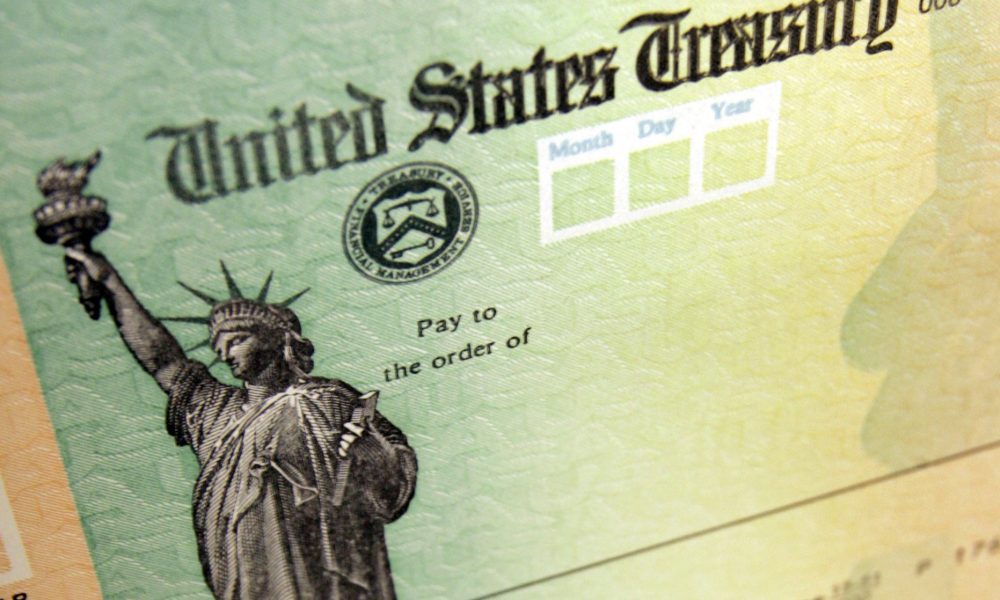Parents who might feel they can’t catch a break since the COVID-19 pandemic will have something to look forward to on July 15. That’s the date the IRS sends the first of six monthly payments from the 2021 Child Tax Credit to qualifying families.
The new credit is part of the American Rescue Plan, which bumps up the amount families can receive in child tax credits from the previous $2,000 per child to $3,600 for each child under 6 and $3,000 for each child between 6-17 years old. About half of that amount will be given out in the monthly payments between July and December and the rest as a tax credit on people’s 2021 tax returns.
As National Public Radio summarized it, “Instead of forcing parents to wait until the following year — after filing annual income taxes — the relief checks are an advance on half what they’d typically be entitled to get.”
For single parents earning over $75,000 or couples earning over $150,000, the amount received per child decreases depending on income. Families under those income brackets will get $300 for every child they have under the age of 6 and $250 per child between the ages of 6-17.
President Joseph R. Biden’s administration says this new child tax credit will reach 65 million American children or about 88% of U.S. kids. The goal is to decrease the child poverty rate in the U.S., which is one of the highest in the world among developed countries.
“For working families with children, this tax cut sends a clear message: help is here,” Biden said in a statement from May 17.

If you haven’t filed your 2020 taxes yet, the IRS says it will use your 2019 tax return to calculate your tax credit eligibility.
Wondering how much you’ll receive in the 2021 child tax credit? There are several calculators online that ask you how many children you have under 6 and between 6 and 17, what your adjusted gross income was on your 2020 income tax forms, and how you filed your taxes (single, married, etc.).
The IRS will be distributing the child tax credit funds on behalf of the U.S. Treasury, either electronically to your bank account, via debit card, or by check.
Some families do not file taxes because they make less than the minimum income of $12,400 that’s required for paying taxes. This aspect concerns some experts who fear those in the deepest poverty may be missed in the child tax credit distribution. However, non-filing families will have their own portal to sign up and receive the child tax credits in 2021, CNBC reports.
If changes occur to your income or the age or number of your children, you will be able to make adjustments online, the IRS says. Families can also choose to wait until after filing their 2021 taxes and get their child tax credit in one lump sum.
President Biden hopes that the 2021 child tax credit can be extended through 2025 but the American Families Plan would need to pass first.
What do you think about the 2021 child tax credit?









